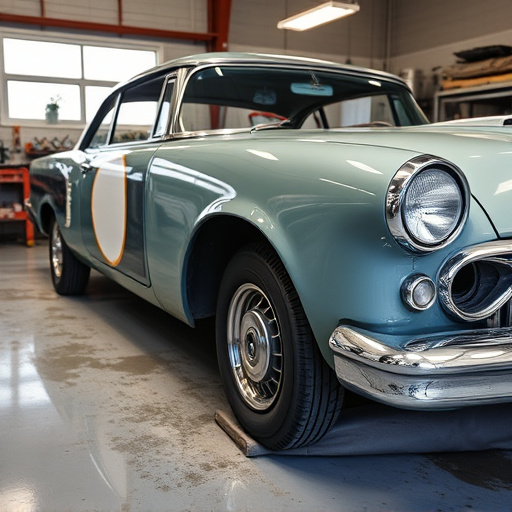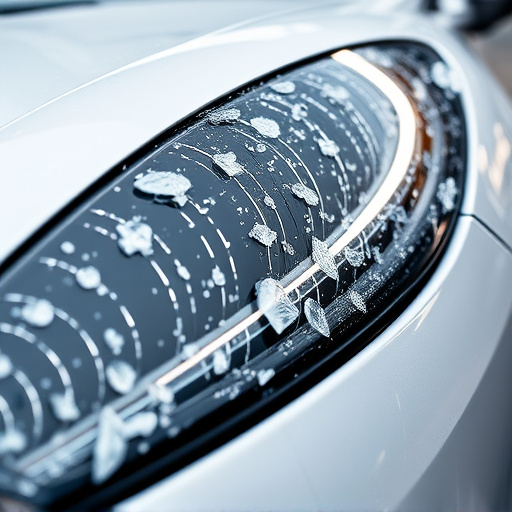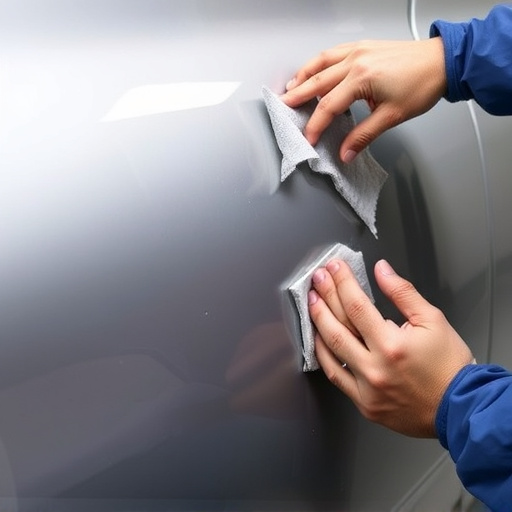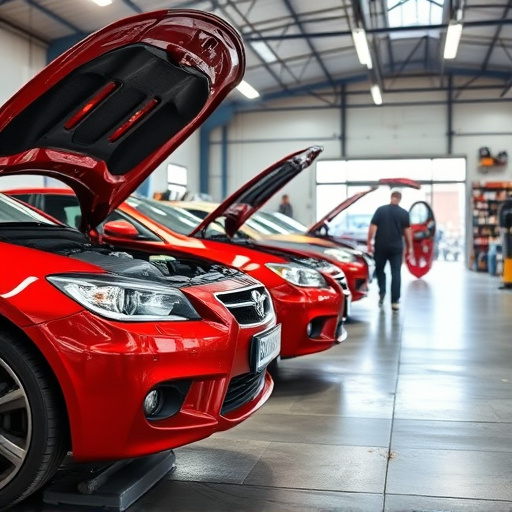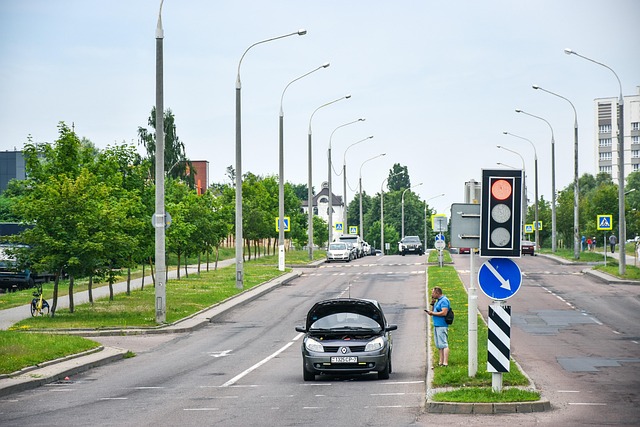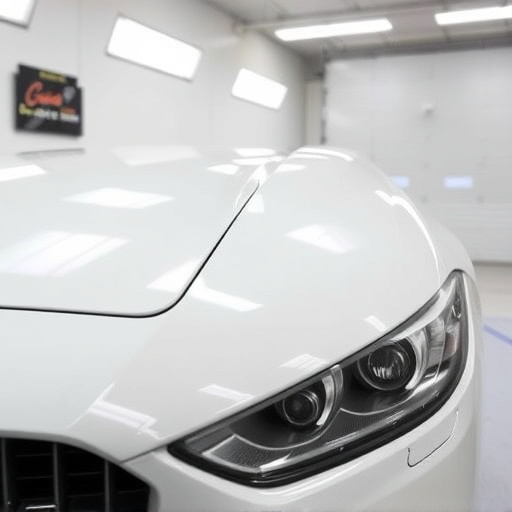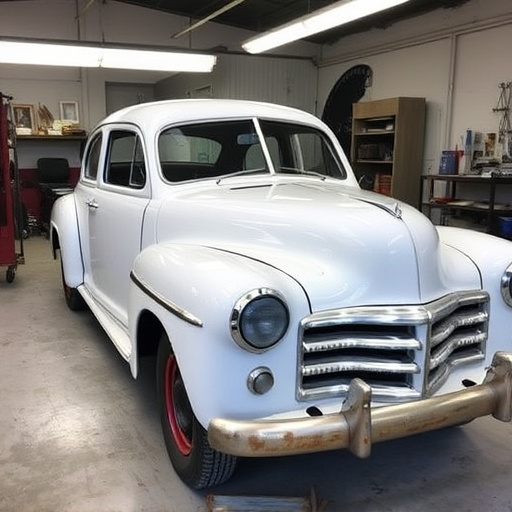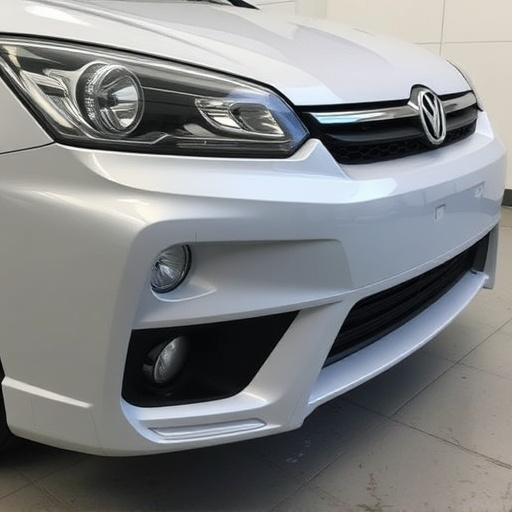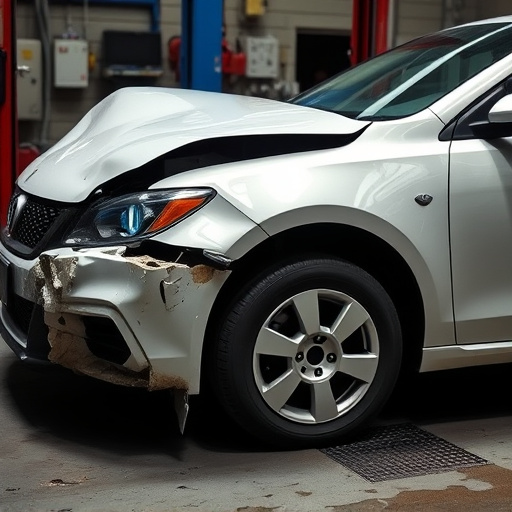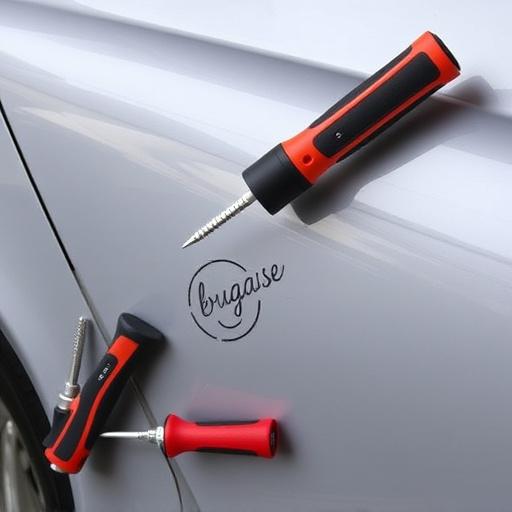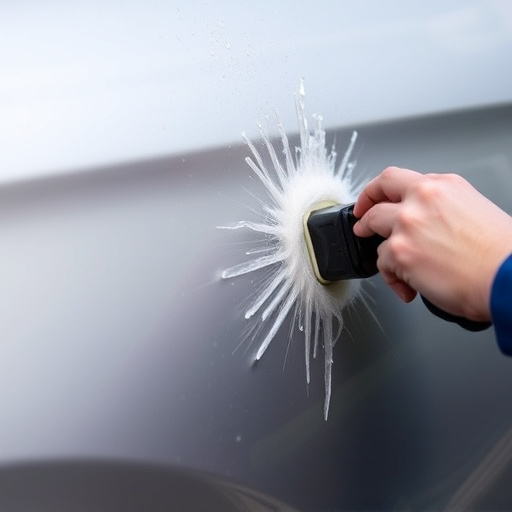Many Mercedes owners with Apple CarPlay face delayed app responses due to misalignment in their car's system. This issue can be resolved through Mercedes Apple CarPlay calibration, optimizing hardware-software connection and app performance. Calibration involves careful preparation, menu navigation, and professional tools, ensuring smooth operation of apps like Maps, Music, and Messages. Post-calibration, optimize app response times by clearing cache, updating software, and using a stable internet connection for enhanced user experience.
Experience delayed app response on your Mercedes with Apple CarPlay? You’re not alone. Let’s unravel this common issue through a comprehensive guide on Mercedes Apple CarPlay calibration. Understanding the root cause is the first step, followed by a detailed step-by-step calibration process. We’ll also share tips to optimize app performance after calibration for a smoother, more responsive experience. Take control of your in-car entertainment system today!
- Understanding Mercedes Apple CarPlay Delays
- Calibration Process: Step-by-Step Guide
- Optimizing App Performance Post-Calibration
Understanding Mercedes Apple CarPlay Delays
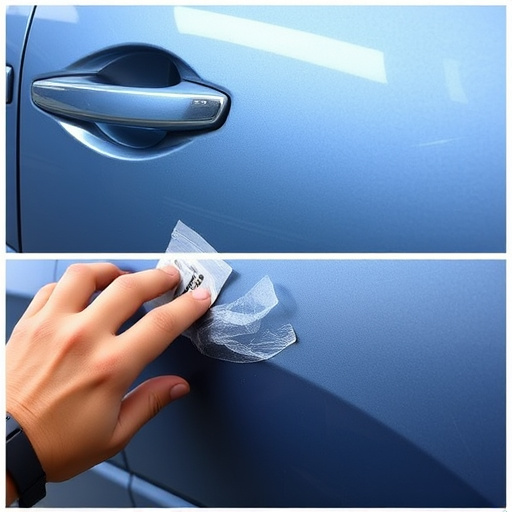
Many Mercedes owners using Apple CarPlay experience delayed app responses, which can be frustrating while driving. This issue often stems from misalignment in the car’s system, requiring a precise Mercedes Apple CarPlay calibration. The problem may arise due to various factors such as hardware malfunction, software glitches, or compatibility issues between the vehicle and the connected iPhone.
Proper Mercedes Apple CarPlay calibration aims to optimize the connection between your smartphone and the infotainment system, ensuring smooth operation of apps like Maps, Music, and Messages. It involves adjusting settings and configuring parameters specific to your Mercedes model, thereby enhancing performance and reducing delays. Professional collision repair services or specialized car bodywork shops equipped with advanced diagnostic tools can perform this calibration effectively, restoring seamless integration between your vehicle’s infotainment system and Apple CarPlay.
Calibration Process: Step-by-Step Guide
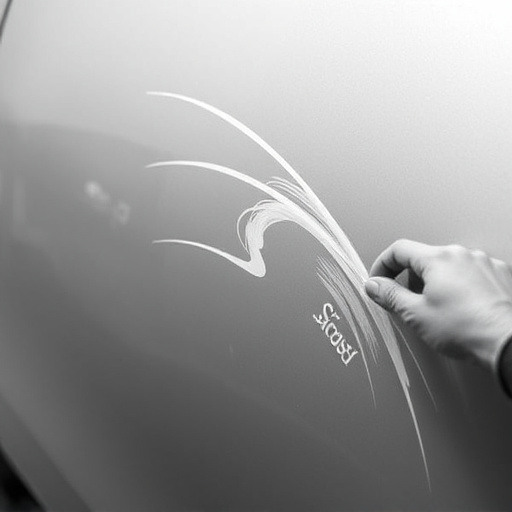
Mercedes Apple CarPlay calibration involves a meticulous process to ensure optimal performance and responsiveness. Here’s a step-by-step guide for this crucial vehicle repair service:
1. Preparation: Start by ensuring your Mercedes is parked in a safe, level area. Disconnect any external devices or accessories that might interfere with the system. Power off the vehicle completely before beginning. For car restoration enthusiasts, this step ensures a clean slate for precise adjustments.
2. Accessing the System: Turn on the ignition and wait for the infotainment system to boot up. Navigate to the settings menu and locate the CarPlay options. You may need to consult your vehicle’s manual for specific instructions, as every Mercedes model might have slight variations in its interface. This calibration process is akin to fine-tuning a car body restoration project, requiring attention to detail and precision.
Optimizing App Performance Post-Calibration
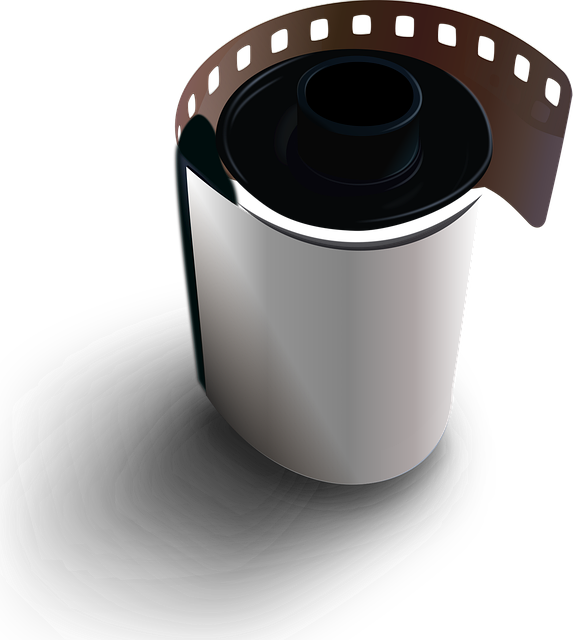
Post-calibration, optimizing app performance is a crucial step to ensure your Mercedes with Apple CarPlay functions seamlessly. This involves several strategies tailored to enhance the overall user experience. One key aspect is managing app response times, which can be improved by clearing cache and closing unused applications. Regular updates for both the car’s software and connected apps are essential, as they often include optimizations that can significantly reduce lag.
Additionally, users should consider the quality of their internet connection. While not directly related to Mercedes Apple CarPlay calibration, a stable and fast connection can drastically improve app loading speeds. As with any automotive restoration or car bodywork services, ensuring optimal conditions for your in-car infotainment system pays dividends in terms of both performance and satisfaction.
Mercedes Apple CarPlay calibration is a game-changer for ensuring optimal app performance. By carefully navigating the step-by-step guide provided, users can calibrate their systems to reduce delayed app responses. Post-calibration, it’s essential to optimize app performance regularly to maintain a smooth and responsive user experience. With these simple adjustments, folks can enjoy the hustle and bustle of their daily drives without frustration, fostering a more enjoyable and efficient journey.
